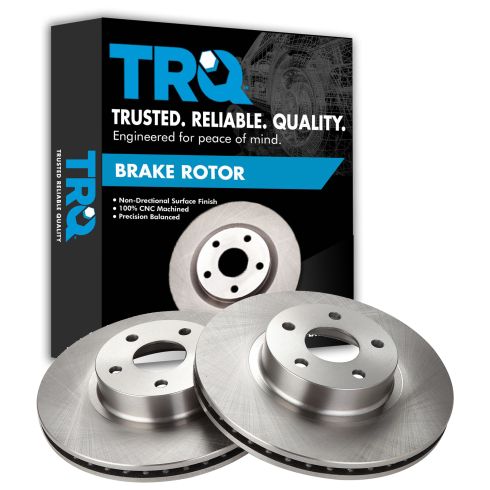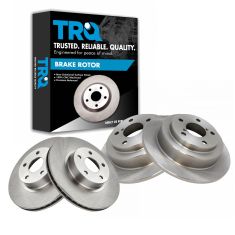1ABFS03548-Subaru Scion Saab Front Driver & Passenger Side 2 Piece Brake Rotor Set TRQ BRA75260

Replaces
1997 Subaru Impreza Outback with 10.9 in. (277mm) Diameter Front Rotors Front Driver & Passenger Side 2 Piece Brake Rotor Set TRQ BRA75260

Product Reviews
Loading reviews
There are no reviews for this item.
Customer Q&A
Will this fit a 08 Subaru Impreza 2.5i?
February 17, 2024
10
This part will not fit your vehicle, but we may have a part that is listed to fit.
Please enter your vehicle's year make and model in the search bar at the top of the page. This will display parts guaranteed to fit your vehicle. Just be sure to verify all of the information shown in the Vehicle Fit tab before ordering.
February 19, 2024
Kemal S
Subaru is a registered trademark of Fuji Heavy Industries Co., Ltd. 1A Auto is not affiliated with or sponsored by Subaru or Fuji Heavy Industries Co., Ltd.
See all trademarks.











